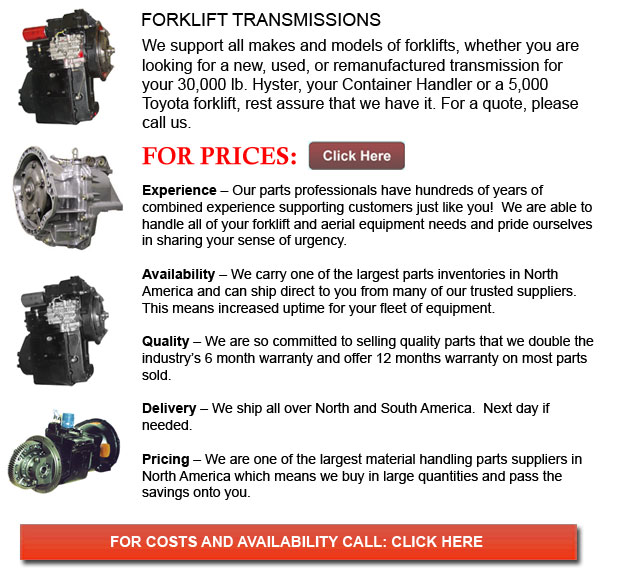
Transmission for Forklifts - Utilizing gear ratios, a transmission or gearbox supplies torque and speed conversions from a rotating power source to a different machine. The term transmission refers to the complete drive train, including the clutch, final drive shafts, differential, gearbox and prop shaft. Transmissions are more commonly utilized in vehicles. The transmission adapts the output of the internal combustion engine so as to drive the wheels. These engines need to perform at a high rate of rotational speed, something that is not right for starting, slower travel or stopping. The transmission increases torque in the process of decreasing the higher engine speed to the slower wheel speed. Transmissions are likewise used on fixed machines, pedal bikes and wherever rotational torque and rotational speed require change.
There are single ratio transmissions that perform by changing the torque and speed of motor output. There are numerous various gear transmissions which could shift among ratios as their speed changes. This gear switching could be accomplished automatically or by hand. Forward and reverse, or directional control, could be supplied too.
The transmission in motor vehicles would typically attach to the engines crankshaft. The output travels through the driveshaft to one or more differentials in effect driving the wheels. A differential's main purpose is to alter the rotational direction, even if, it could even provide gear reduction too.
Torque converters, power transformation and hybrid configurations are other alternative instruments used for torque and speed adjustment. Traditional gear/belt transmissions are not the only mechanism existing.
The simplest of transmissions are simply known as gearboxes and they supply gear reductions in conjunction with right angle change in the direction of the shaft. Sometimes these simple gearboxes are utilized on PTO machinery or powered agricultural machinery. The axial PTO shaft is at odds with the normal need for the powered shaft. This particular shaft is either horizontal or vertically extending from one side of the implement to another, depending on the piece of machine. Snow blowers and silage choppers are examples of more complicated machines which have drives supplying output in various directions.
The type of gearbox in a wind turbine is a lot more complicated and larger compared to the PTO gearboxes utilized in farm machines. These gearboxes convert the slow, high torque rotation of the turbine into the faster rotation of the electrical generator. Weighing up to quite a few tons, and based on the actual size of the turbine, these gearboxes generally contain 3 stages to accomplish a whole gear ratio from 40:1 to over 100:1. In order to remain compact and so as to supply the massive amount of torque of the turbine over more teeth of the low-speed shaft, the first stage of the gearbox is typically a planetary gear. Endurance of these gearboxes has been an issue for some time.
![]() Click to Download the pdf
Click to Download the pdf
Forklift Parts
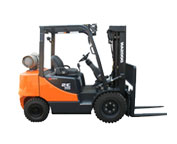
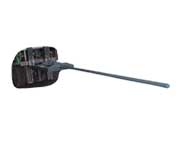
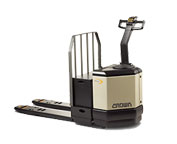
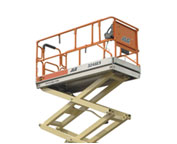
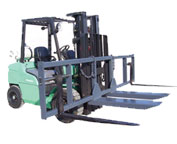
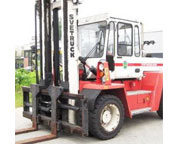
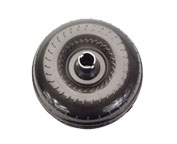
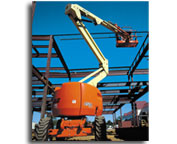
Lift Parts Express
TOLL FREE: 1-888-695-7994
LOCAL: 210-888-8193
5150 Broadway St 121
San Antonio, Texas
forkliftpartssanantonio.com
Email Us
About Us


